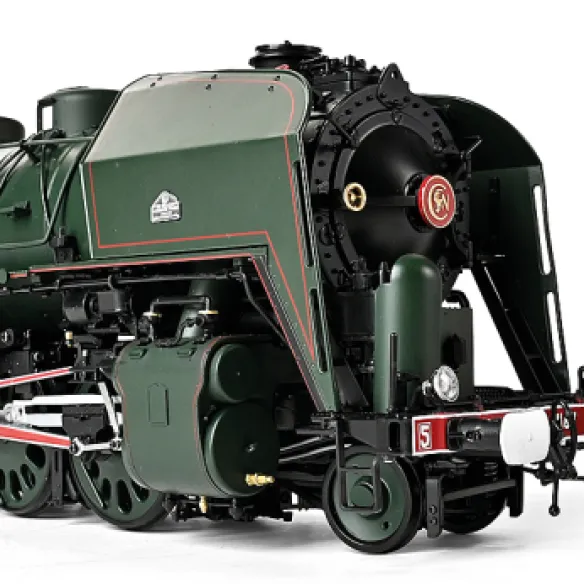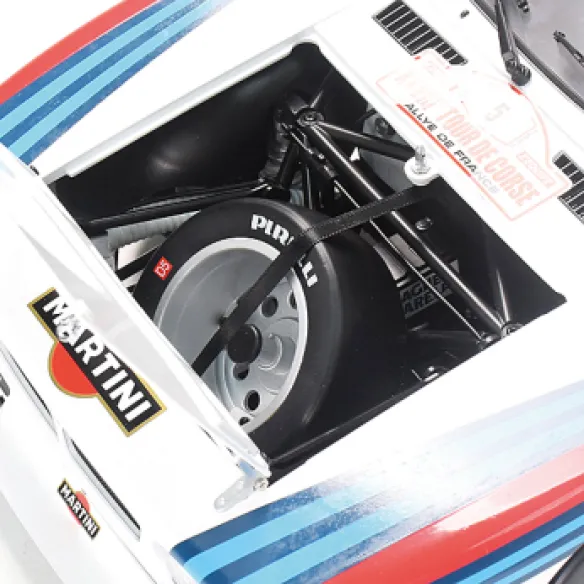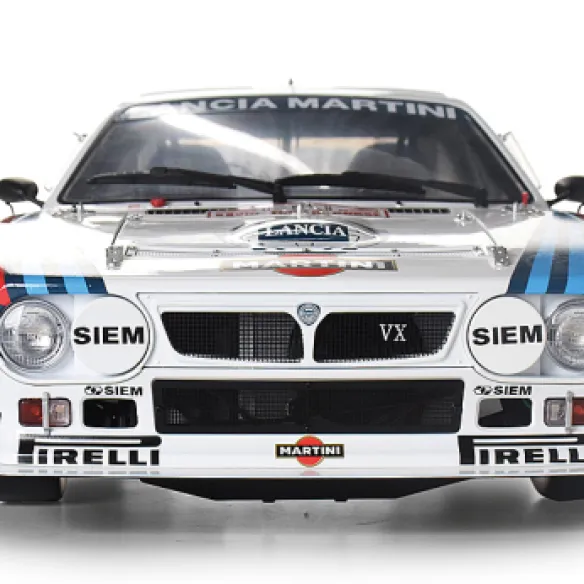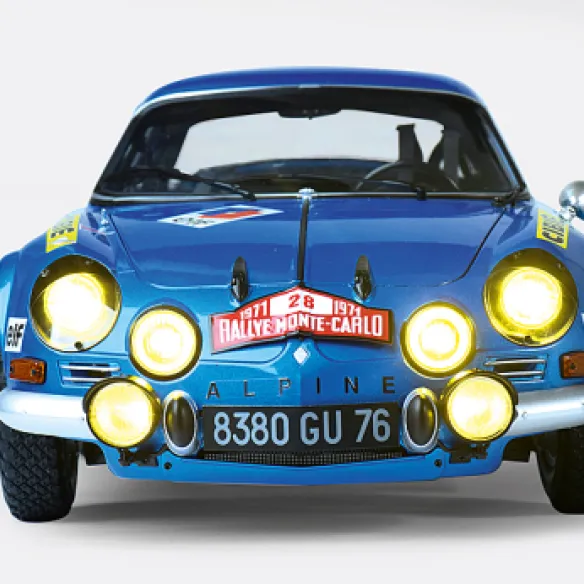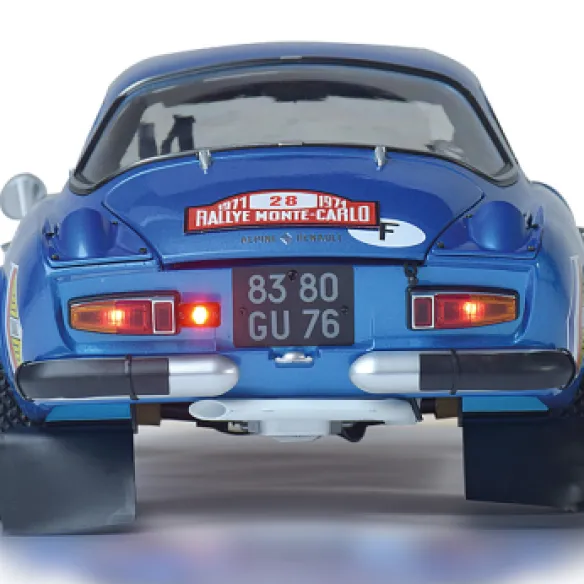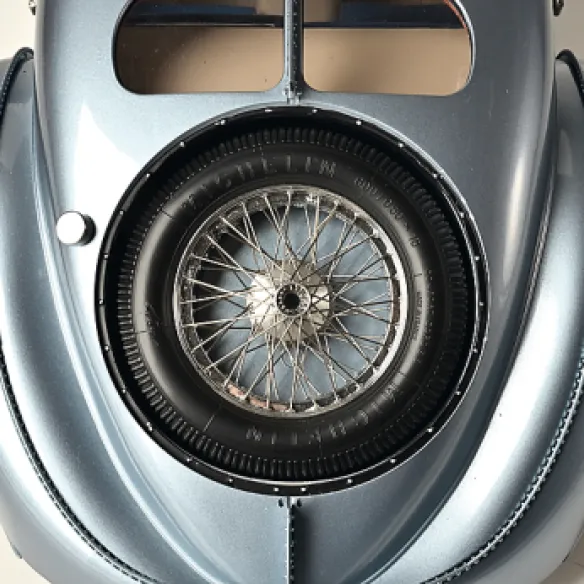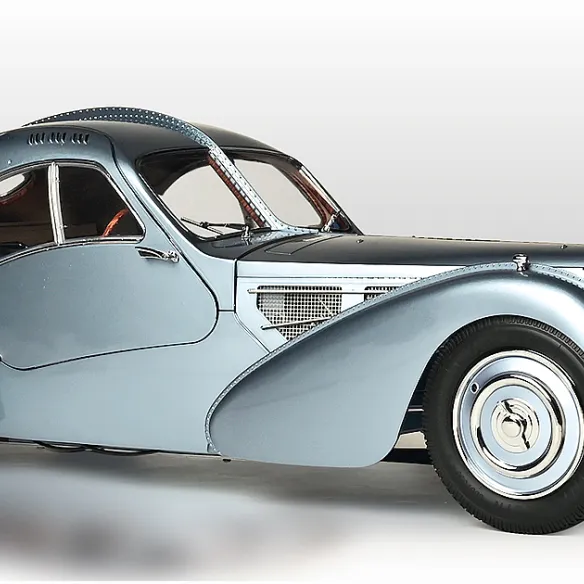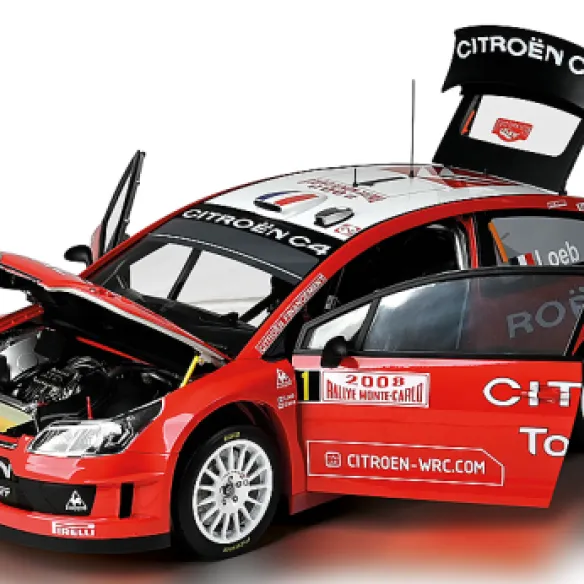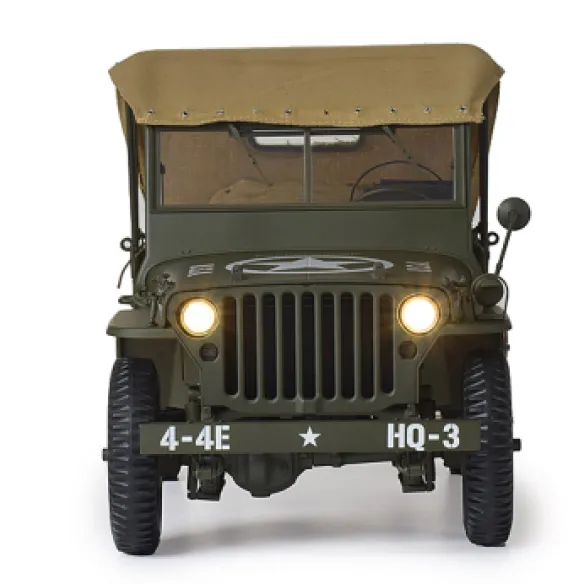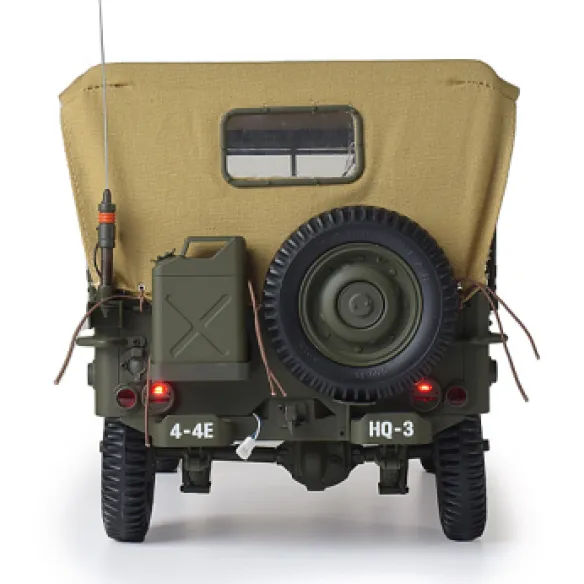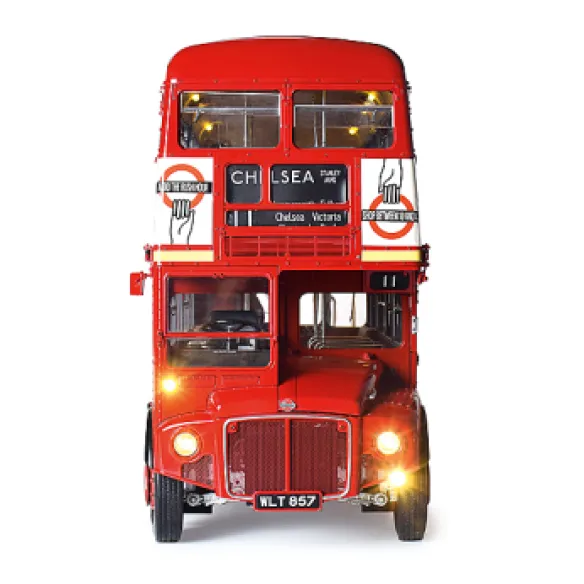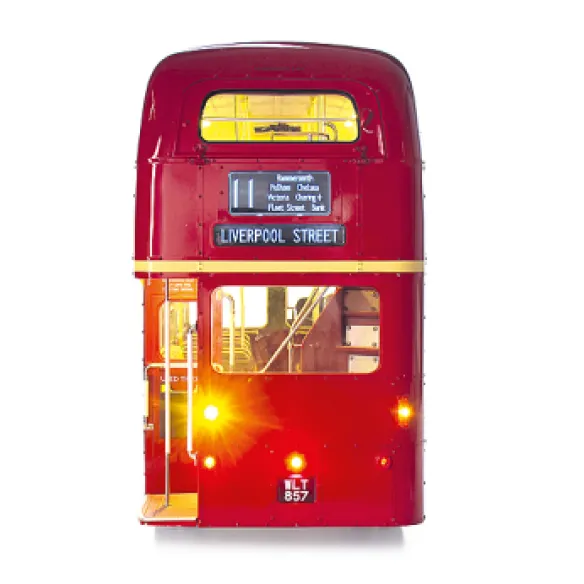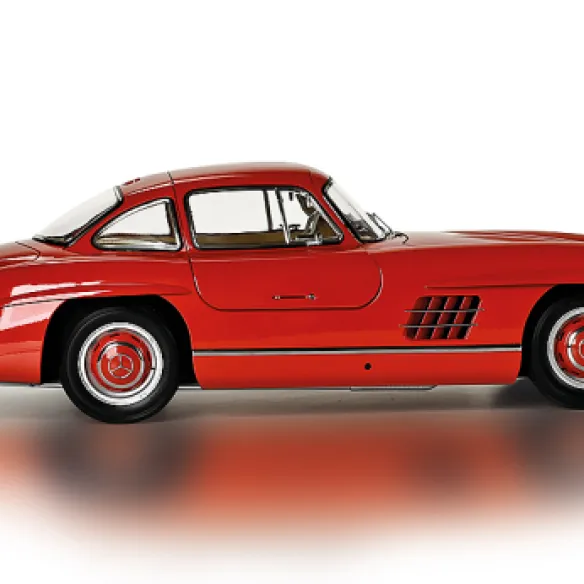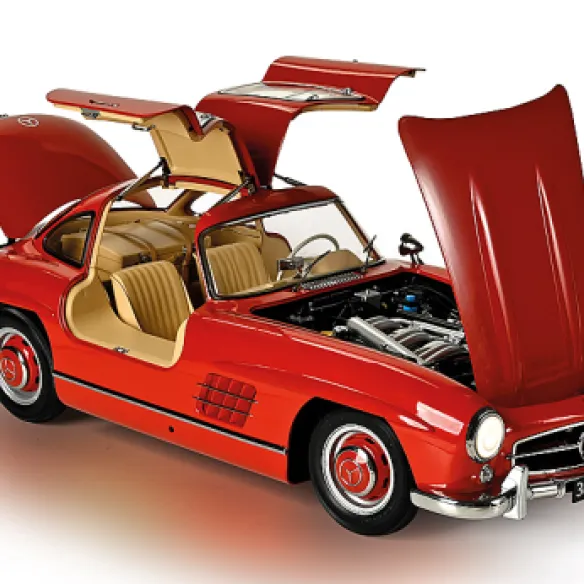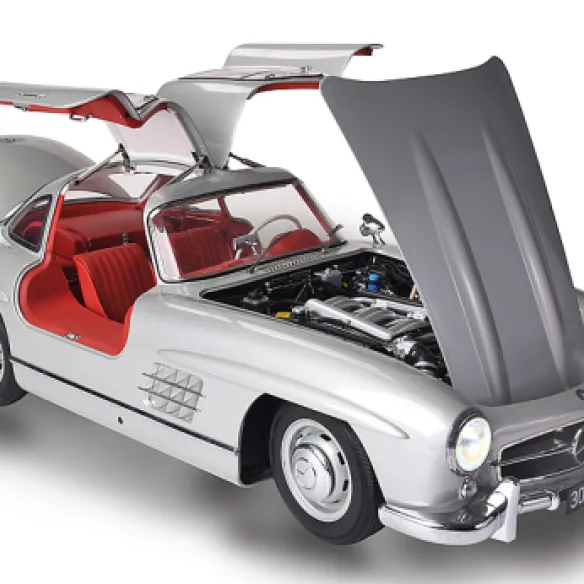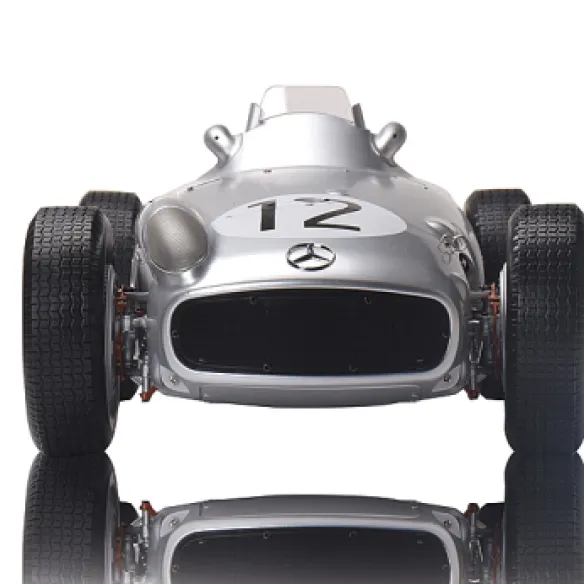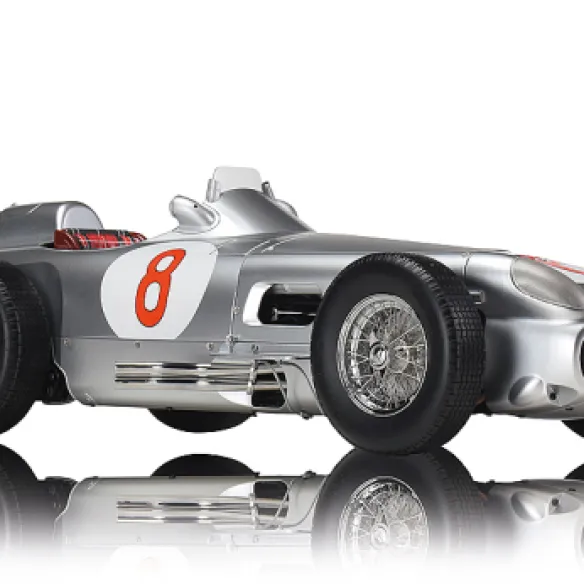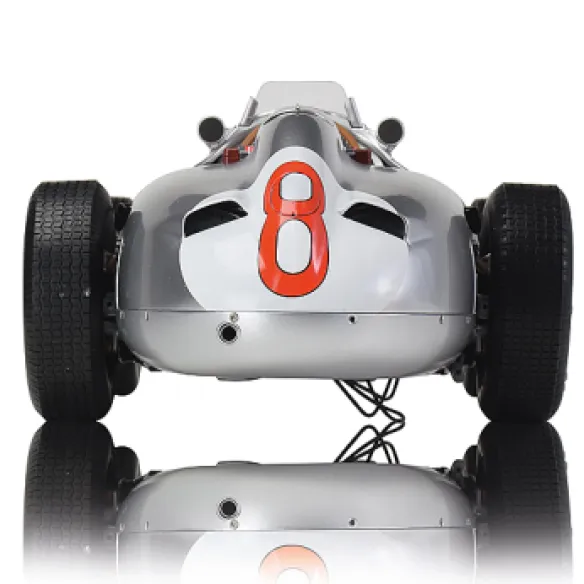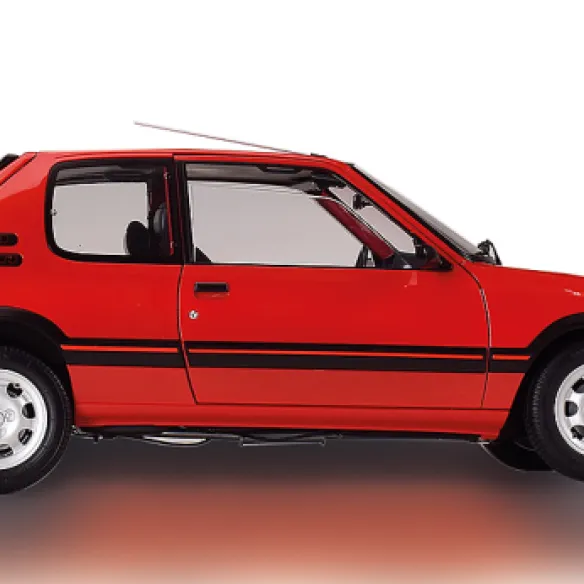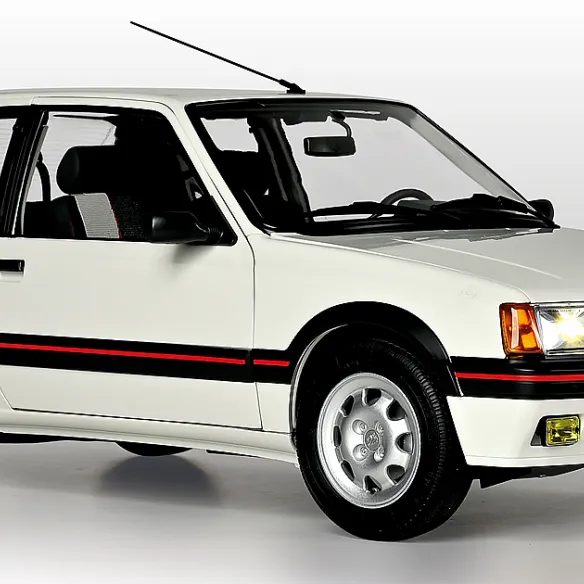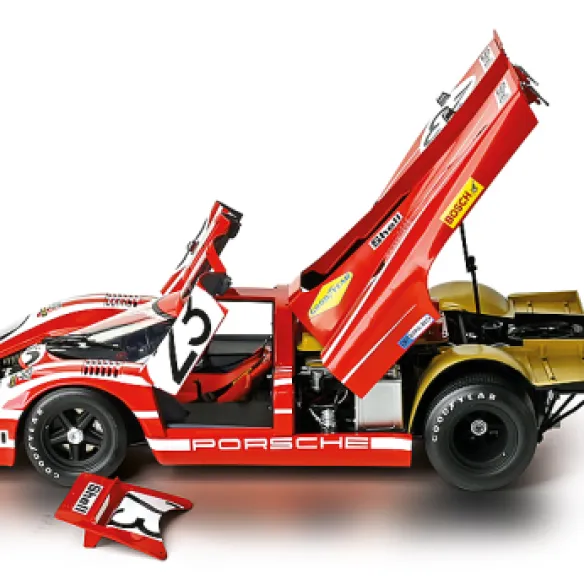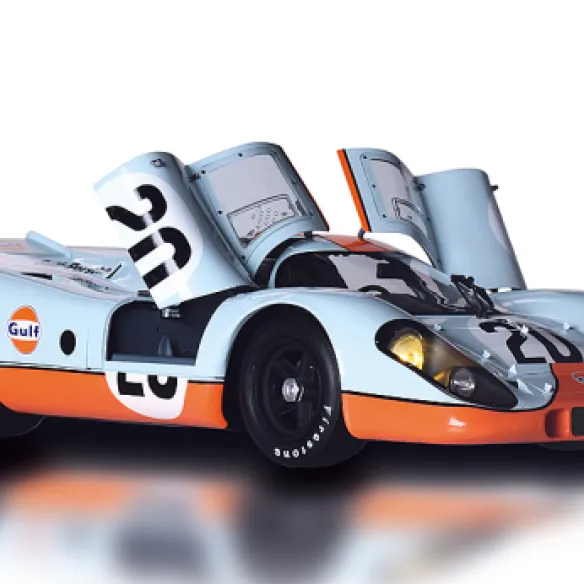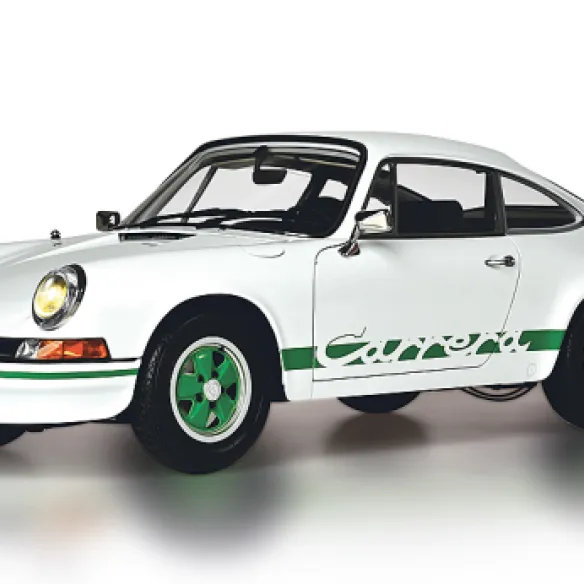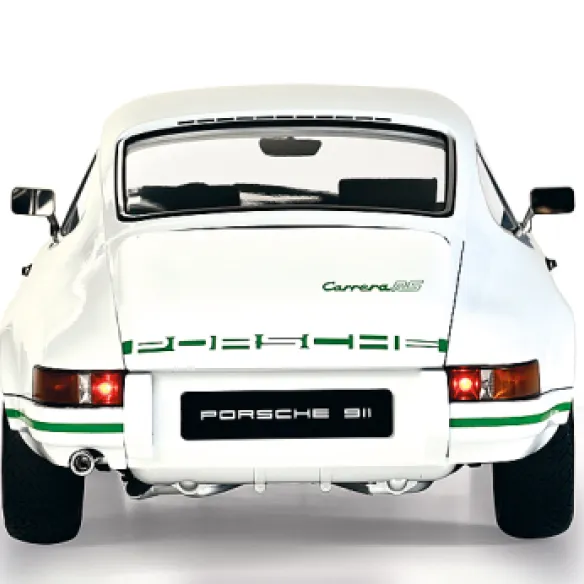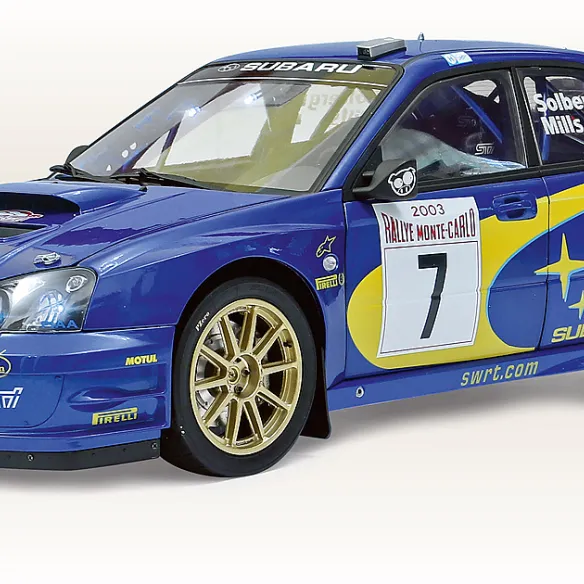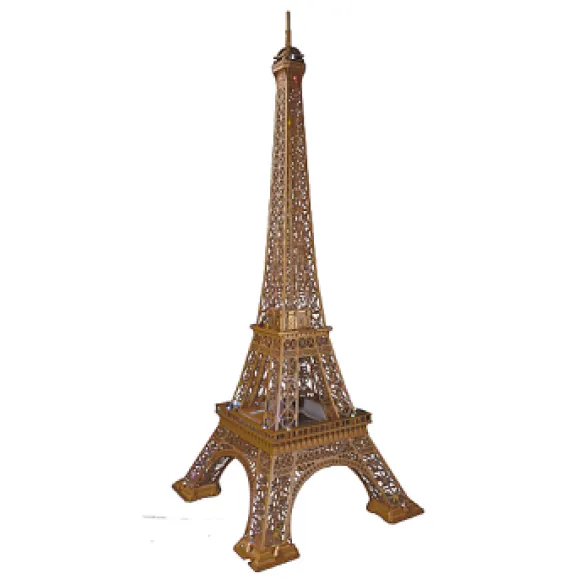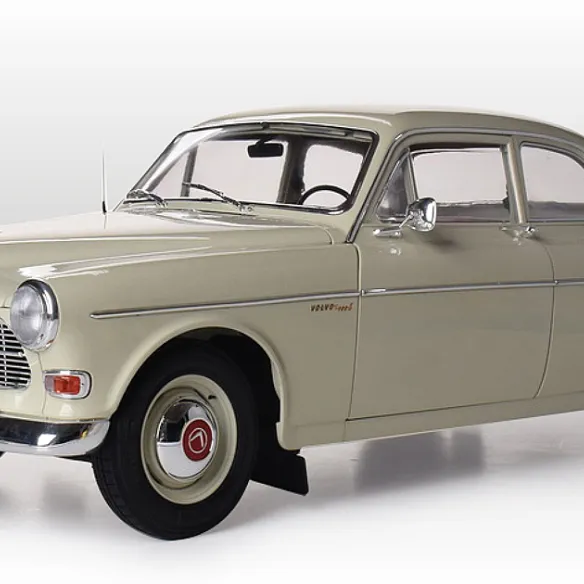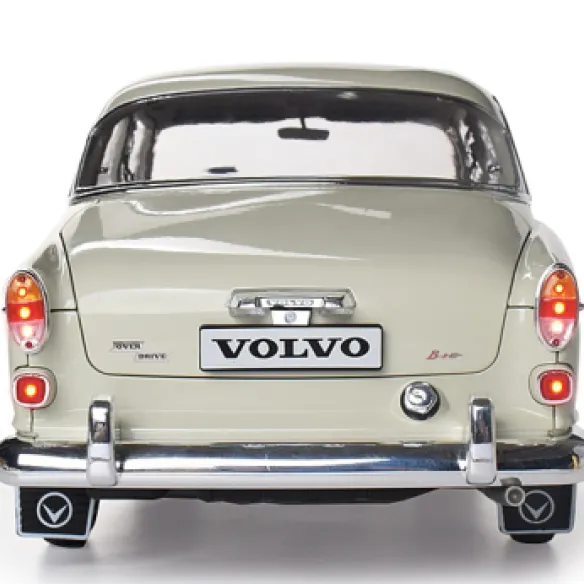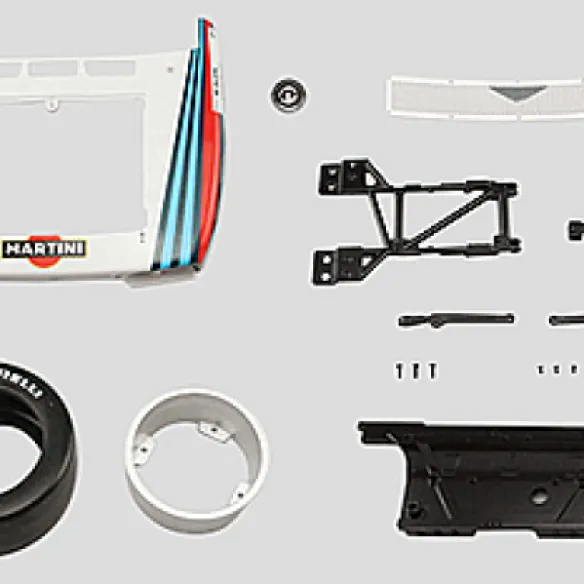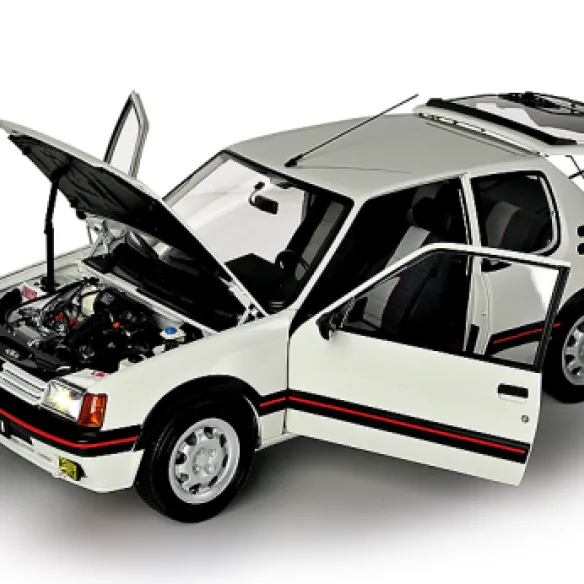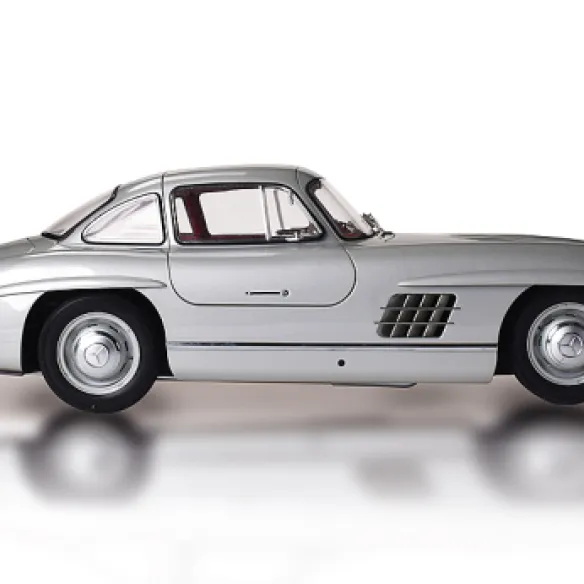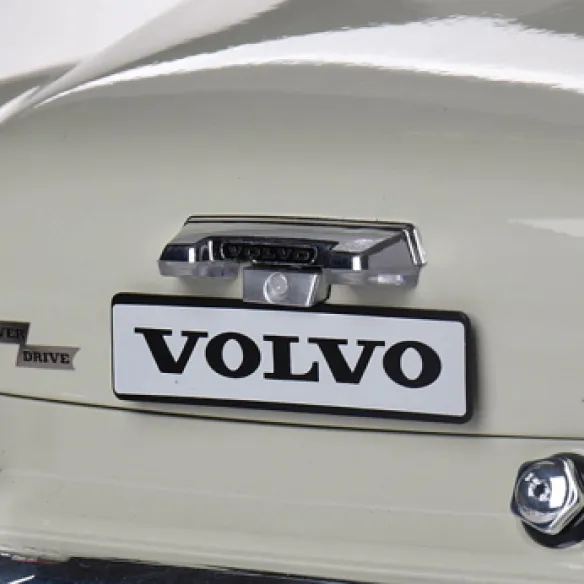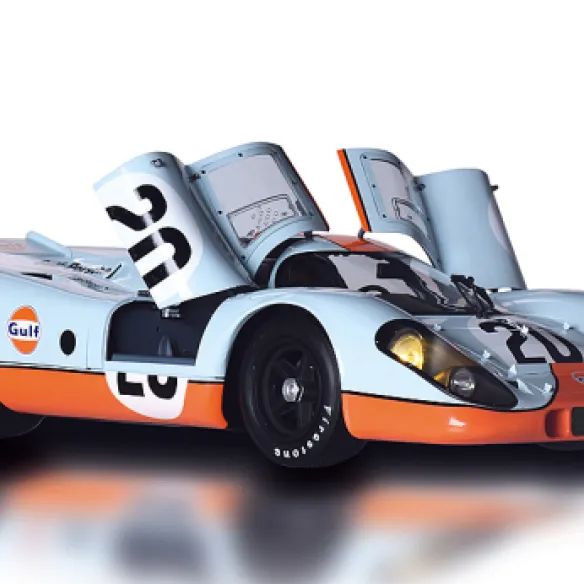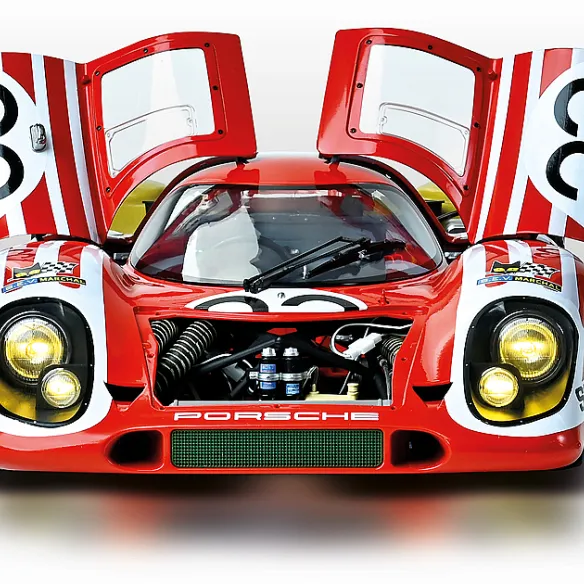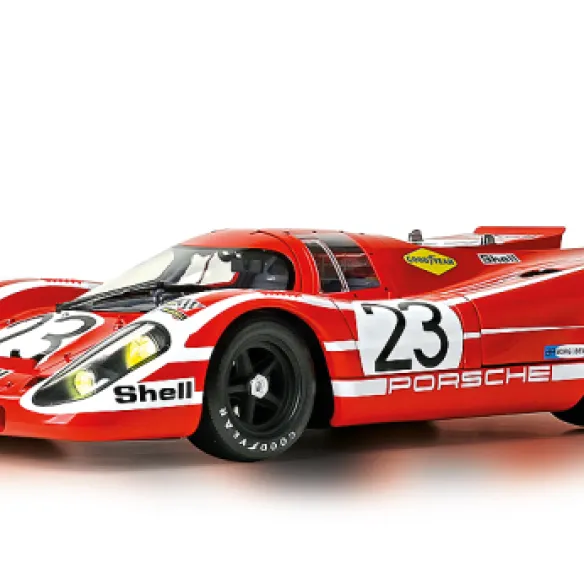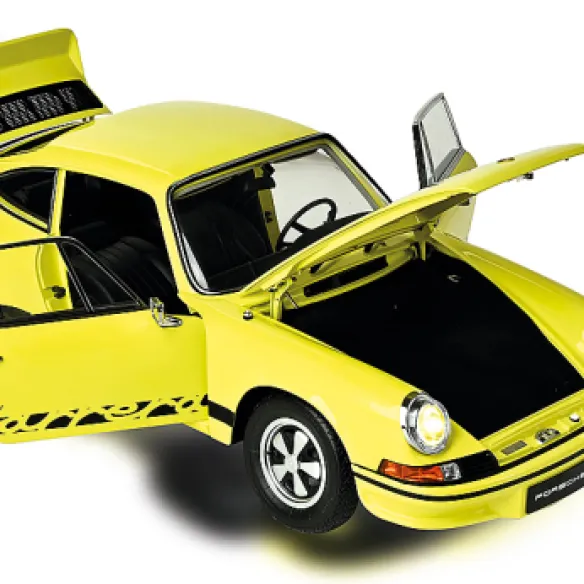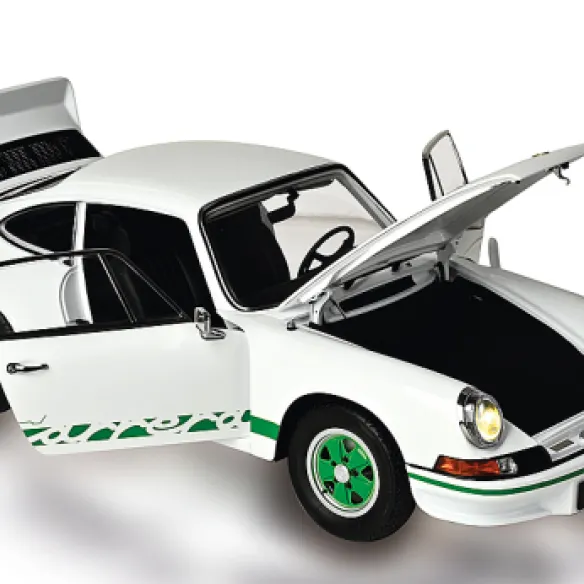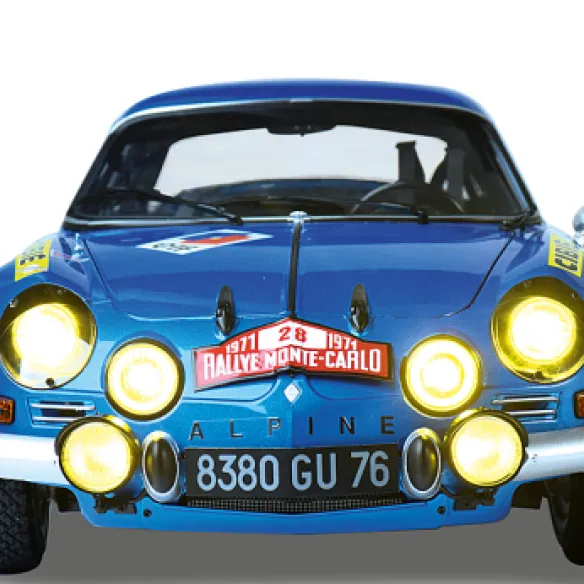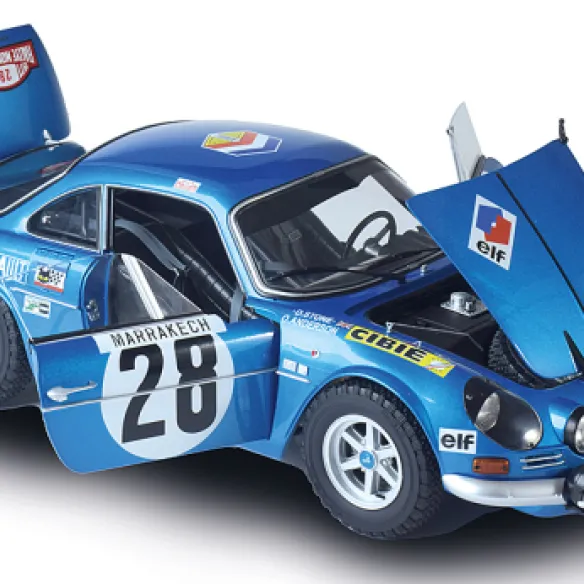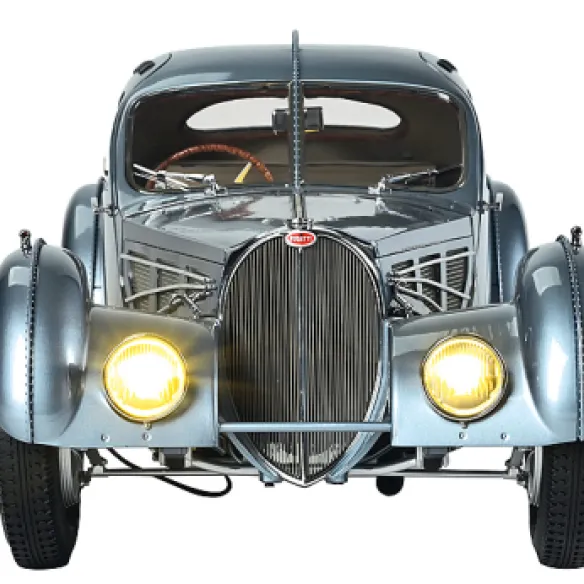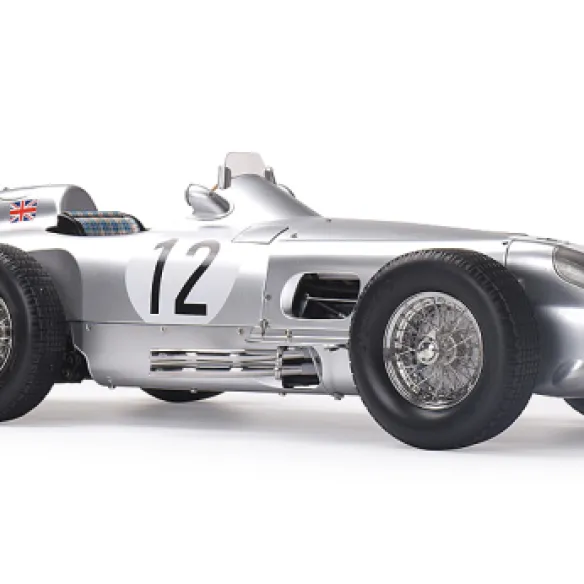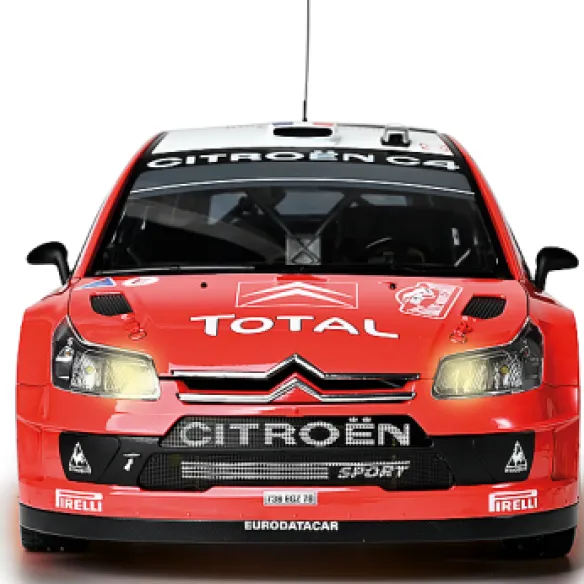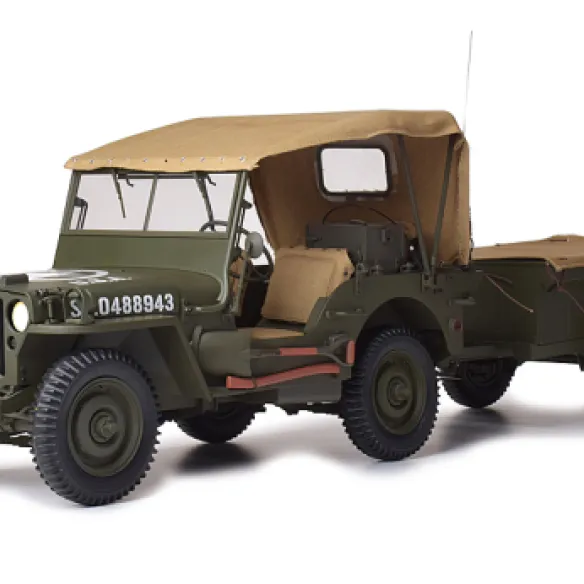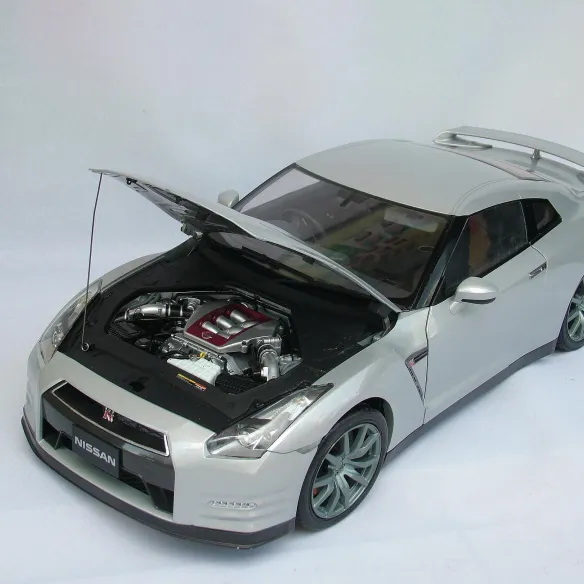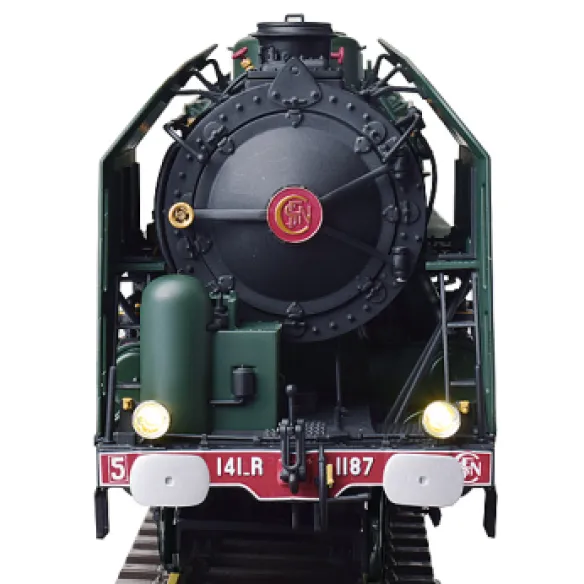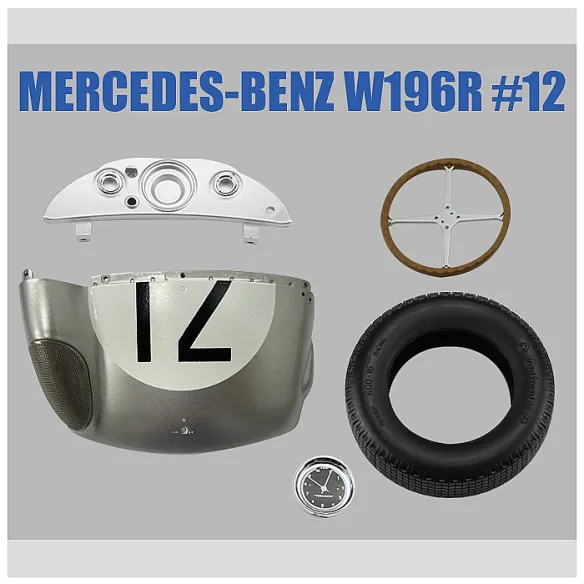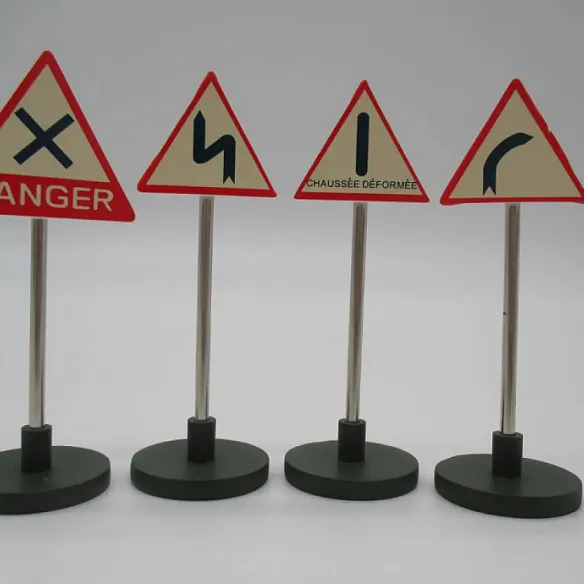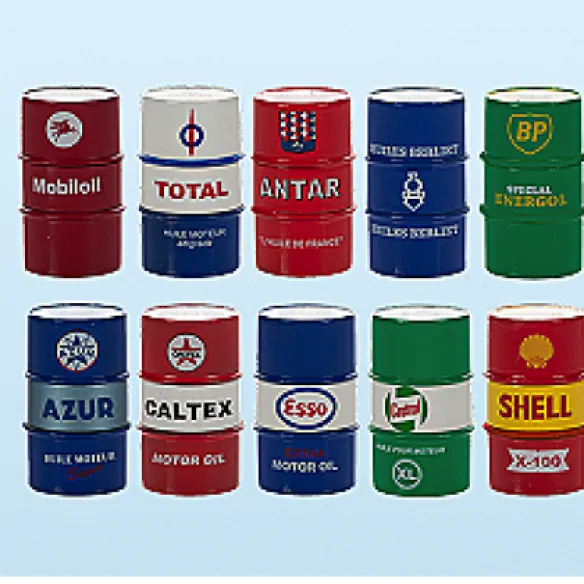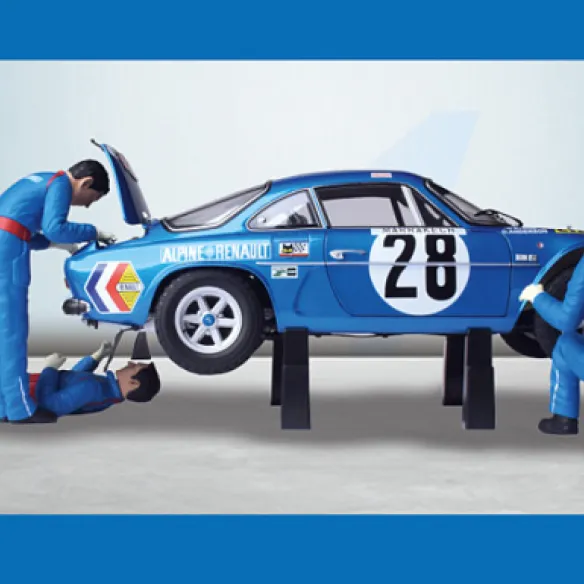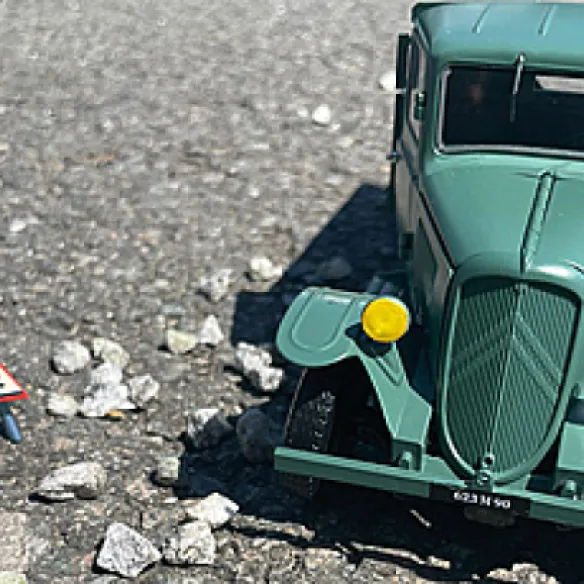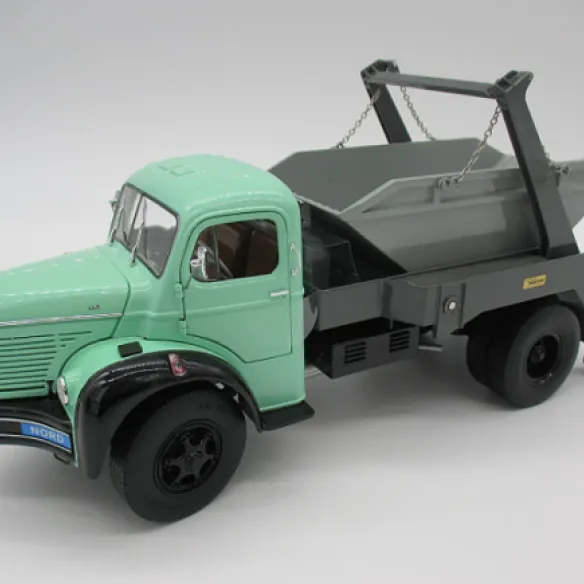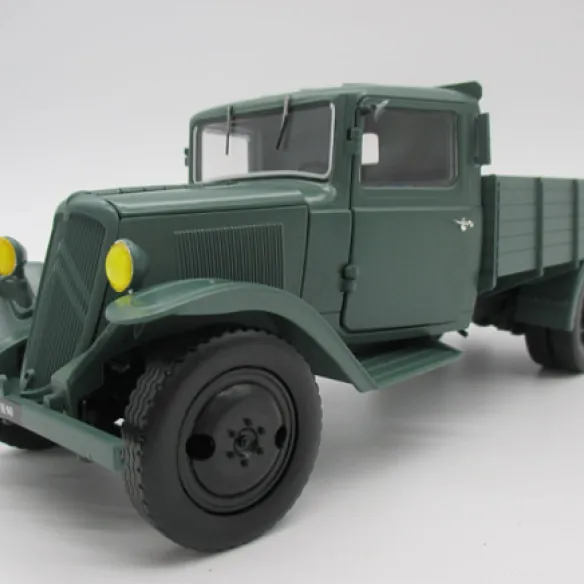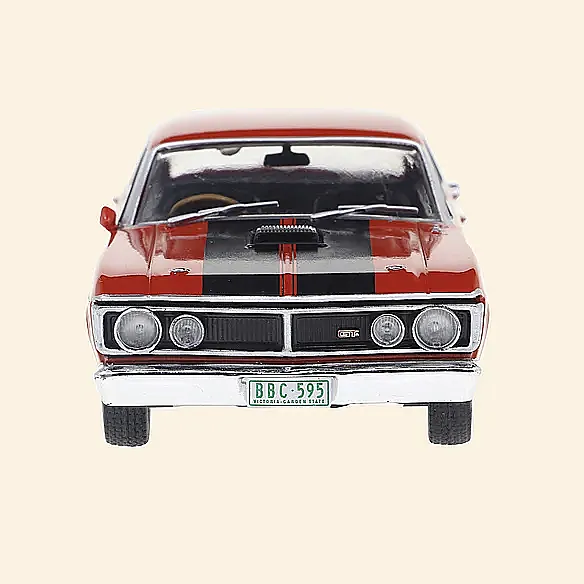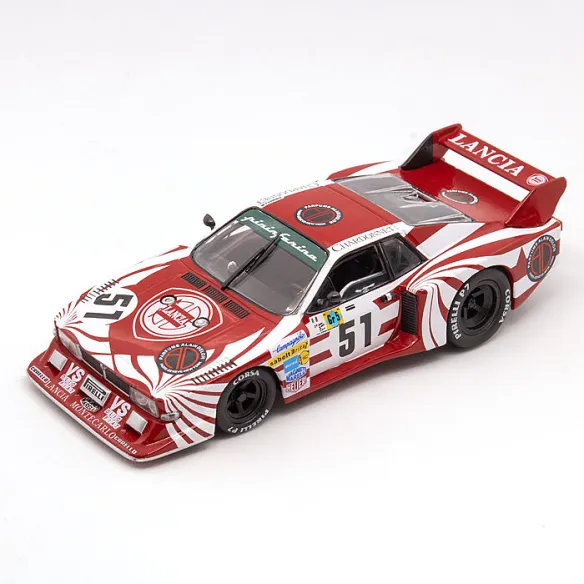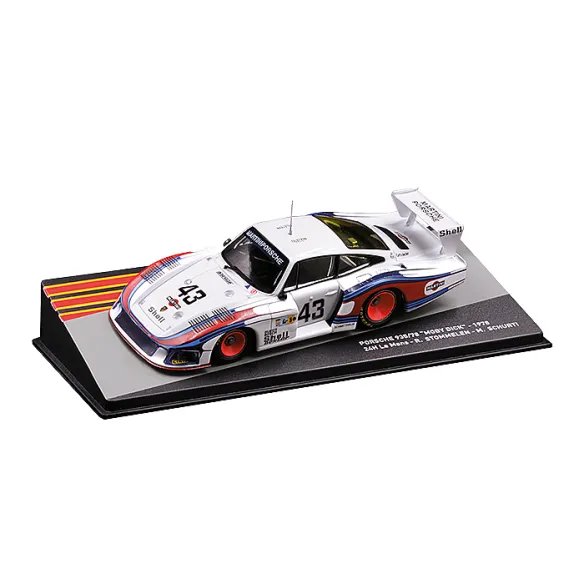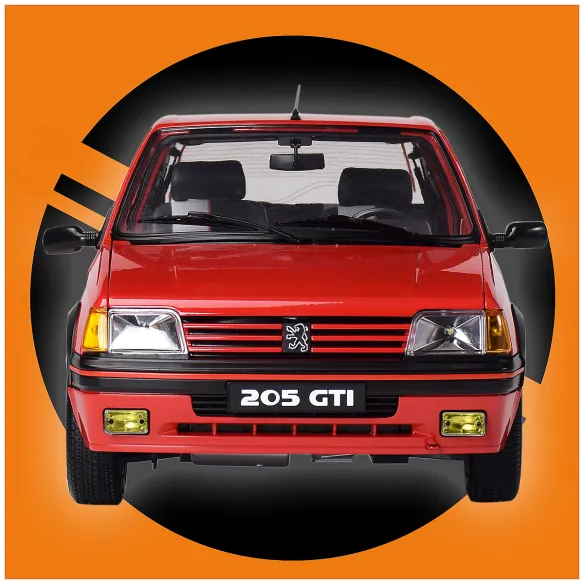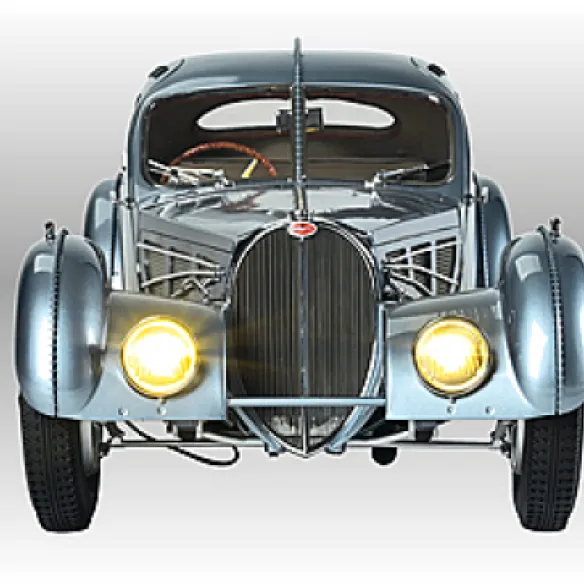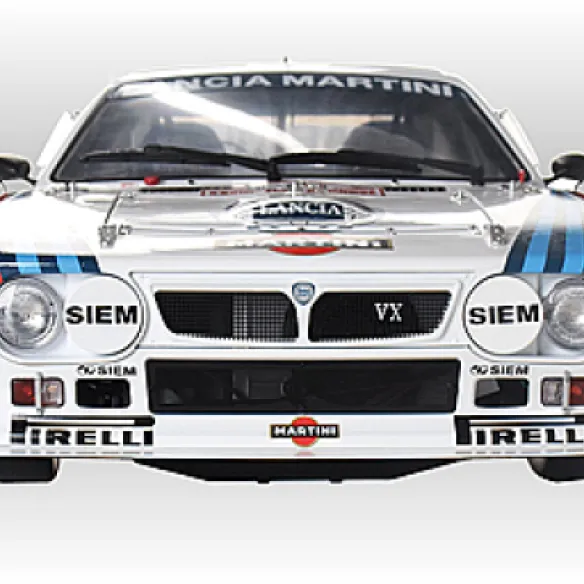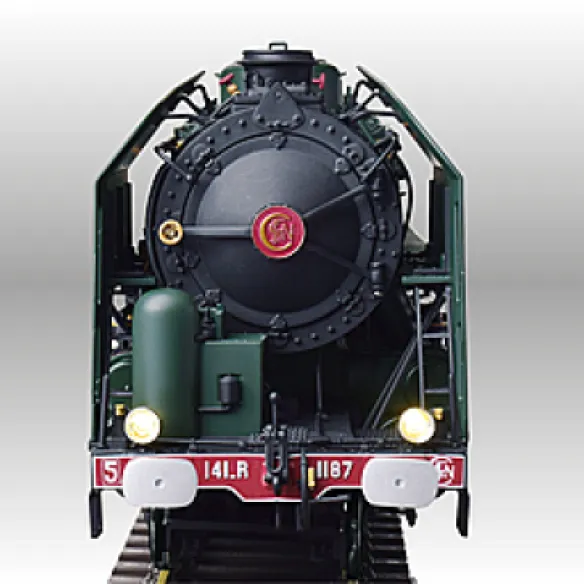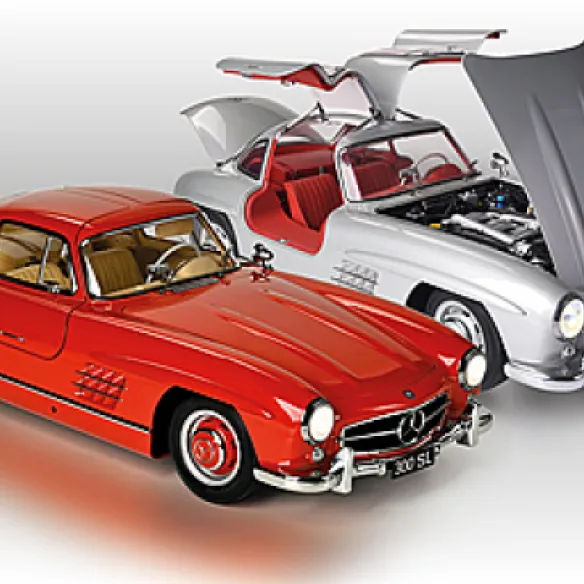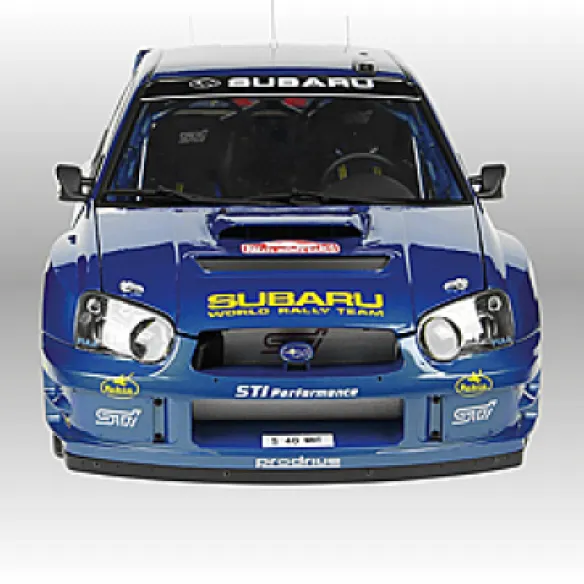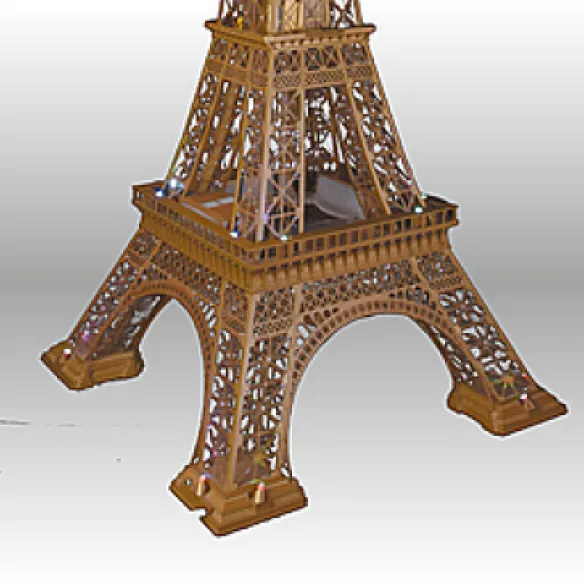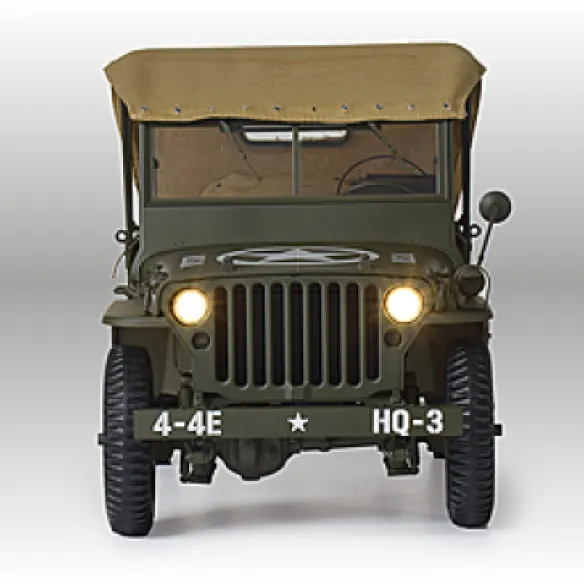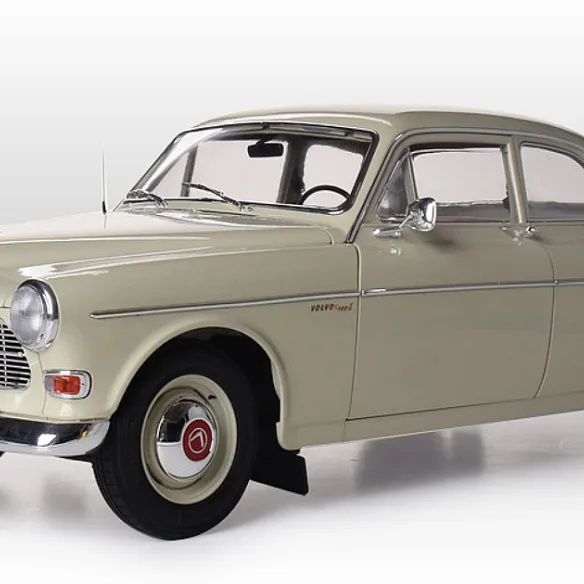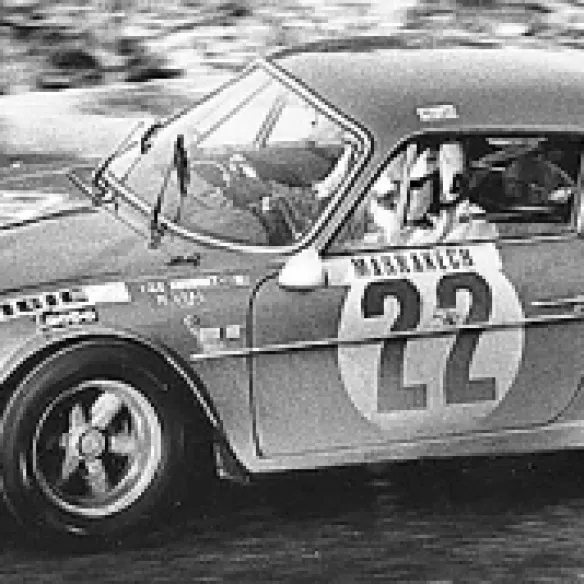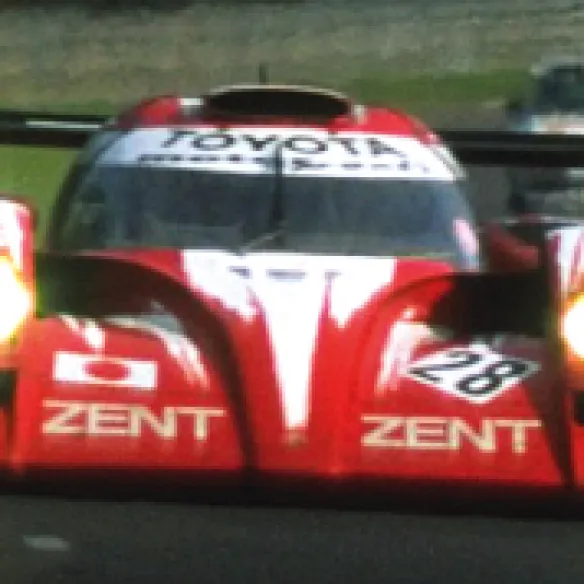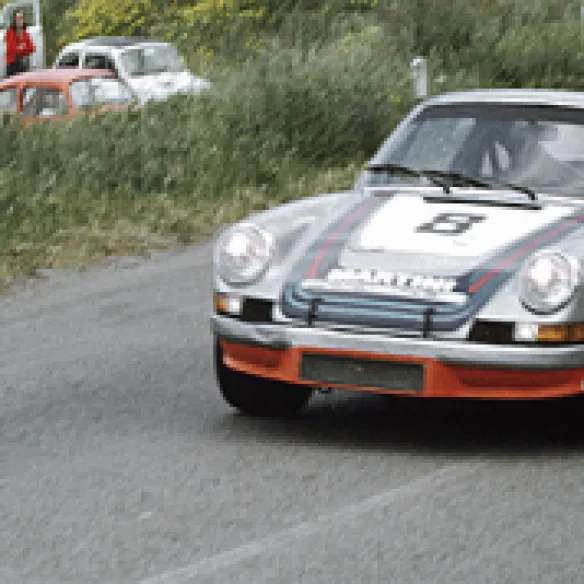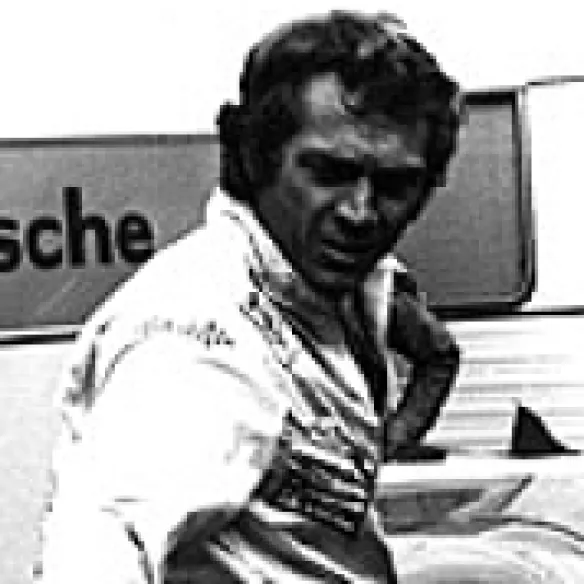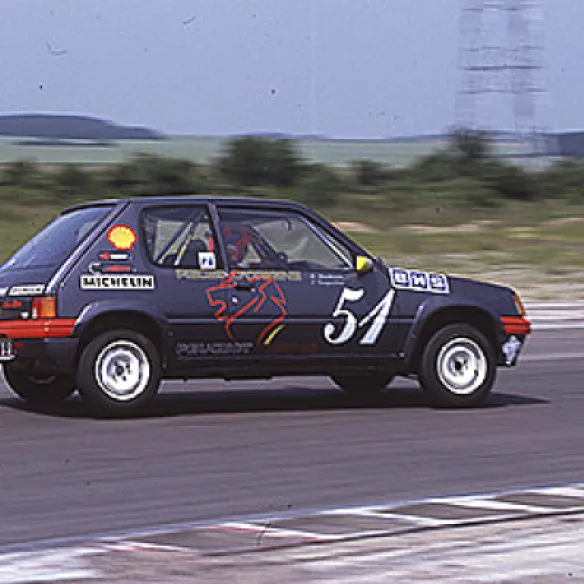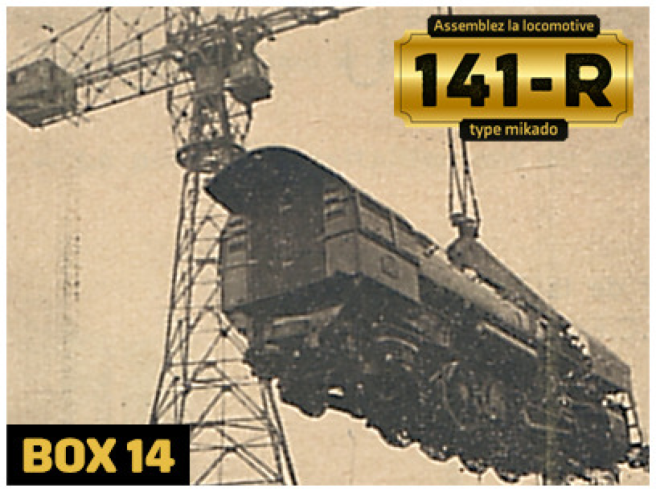
08/02/2024
THE ALLOCATION OF 141-R
As we know, the SNCF network was almost completely destroyed in 1945: most of the network was cut off at one or more points (...)
Read moreAs we know, the SNCF network was almost completely destroyed in 1945: most of the network was cut off at one or more points, and both the Allies and the enemy had demolished a large number of engineering structures, particularly river bridges.
Already surrounded by affection, the 141-Rs also had to endure assignments... The mystery of their affection, right after the Second World War, is still difficult to explain, for it was a time of urgency, of shortage of means of transport, and often of improvisation in the face of the unforeseen, which had become the rule in any country undergoing a war.
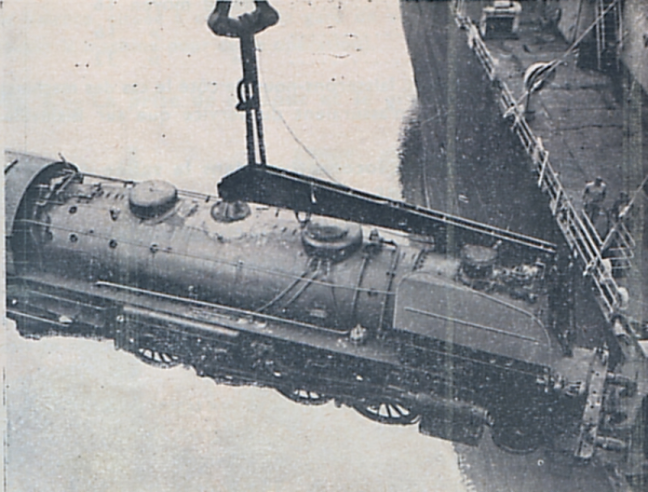
View taken in February 1946 in Marseille. A 141-R leaves the “Lakehurst” vessel. The locomotive is supported by a beam placed lengthwise on the boiler.© IXO Collections SAS - Tous droits réservés. Crédits photo ©Crédit : Document RGCF.
A SHATTERED FRENCH NETWORK
Between the American landings on 6 June 1944 and the German surrender on 8 May 1945, an 11-month and 2-day war lasted, during which the French rail network was the most crucial factor, since it was the only available means of transport. It was necessary both to paralyse German transport and to allow Allied transport: this led to continuous and almost total destruction and reconstruction, including the 24 major national marshalling yards, the 51 largest stations, the 71 largest depots, the 600 signal boxes and many thousands of kilometres of track. The Americans found an almost destroyed French rail network in 1944-1945. The main line that appeared the most intact was the Paris-Brest line, although Landerneau was the end of it... Everything else had disappeared. Le Havre, Nantes, Bordeaux, the south of Brittany and the Vendée, Nice, Strasbourg and the whole of the east were cut off from the capital. The city of Lyon could be reached after an incredible 14-hour journey via Nevers! The Loire at Orléans could not be crossed by rail (transfer by boat), nor could trains pass through Nevers on the way to Clermont-Ferrand. The Americans, along with the British, had to build bridges and rail tracks to implement any strategy. The railway workers of the SNCF worked hard to rebuild the network in step with the Allied advance, and shortly after the Liberation, operations returned to normal by the end of the 1940s.
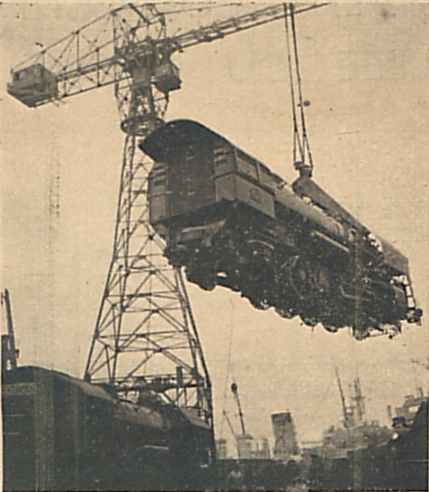
The unloading of a 141-R in Antwerp in December 1945 with the help of a "pontoon-crane" placed on the quay alongside the vessel "Vebdy". Note the temporary wooden wall closing off the locomotive cabin.© IXO Collections SAS - Tous droits réservés. Crédits photo © Document RGCF.
CHALLENGING TRANSPORT
The SNCF's designated various depots to receive 141-Rs. Priority was given to the East region. The locomotives therefore had to be transported from their various ports of disembarkation where first the wheels were removed, the chimney was covered with a ‘hood’ to prevent moisture from entering into the boiler, and the driver's cabin was closed off with a wooden partition carefully placed on the rear facade.
Consolidated into block trains, with connecting carriages in between, the 141-Rs made their way to the large workshops in Épernay, Bischheim (Eastern region) or Sotteville (Western region) where they underwent a series of refitting operations: reassembly of connecting rods, the installation of the ‘Flaman’ speed indicator-recorder, detachable steam pipes for subsequent workshop service, the ‘sealing’ of valves, the installation of additional piping and pressure gauges, and many other adaptations followed by a week of testing on the railway line. The first ten 141-R in service would be the 141-R-458 to 468, and by the end of 1945, there were 50 locomotives in service. At the end of 1946, there were 697 locomotives operating.
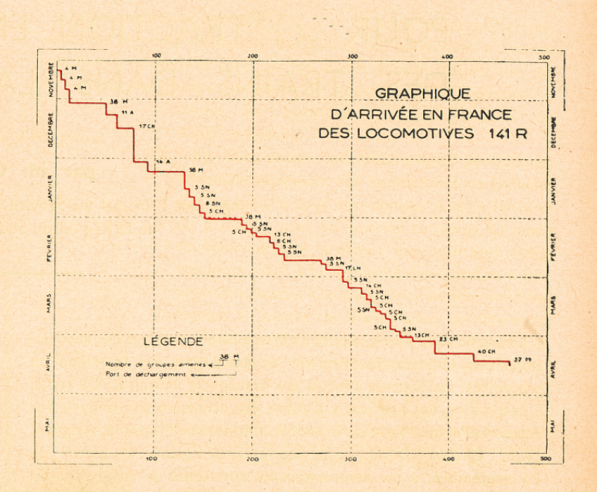
The chart of the arrivals of the first 500 141-R in France. The horizontal line is proportional to the number of locomotives per arrival, as is the vertical line with the duration between two trips. The letters are the initials of the ports: "CH" = Cherbourg, "H" = Le Havre, "M" = "Marseille", etc. © IXO Collections SAS - Tous droits réservés. Crédits photo © Collection Trainsconsultant-Lamming
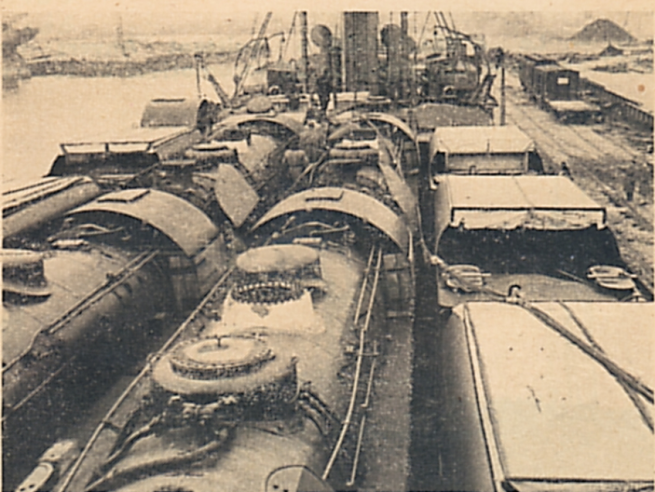
The deck of the vessel “Belpamela” upon arrival in Le Havre on February 27, 1946. The tenders received a closure of their coal hood for the journey. These are not fuel-oil tenders. © IXO Collections SAS - Tous droits réservés. Crédits photo © Collection Trainsconsultant-Lamming
THE ‘DEUTSCHE REICHSBAHN'S’ PACIFIC UNIFIÉE 01
Introduced in 1926, this locomotive was the masterpiece of the German company Borsig. The sleek, slender Pacific unifiée 01, which was capable of running 800-tonne trains at speeds of up to 130 km/h, was one of the best ‘Pacifics’ in the world at the time.
THE UNIFICATION OF THE GERMAN RAILWAYS
When Germany was unified in 1871, the country's rail network was very heterogeneous: it comprised around 18,000 kilometres of tracks, operated by 66 different companies. With a wide variety of rolling stock, the network was difficult to operate, and Prussia was given responsibility for managing it. On 11 October 1924, the Deutsche Reichsbahn Gesellschaft was created: the German railways finally merged into a single national company.
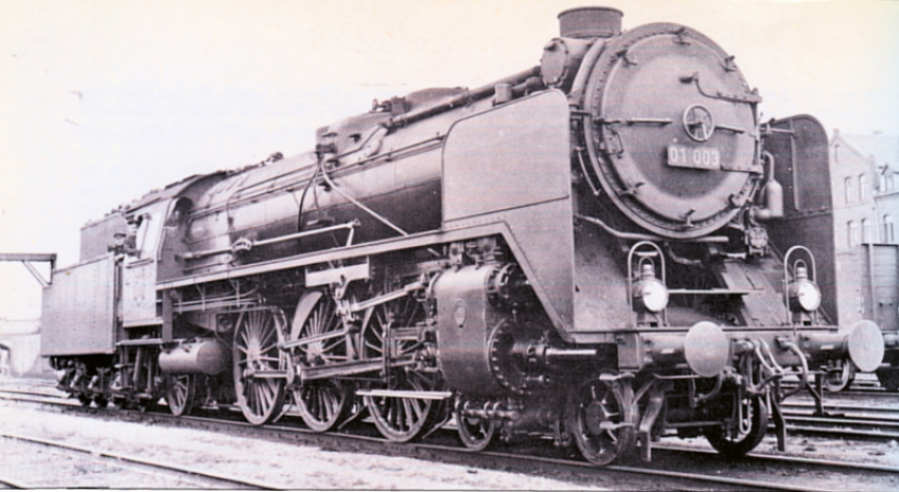
German locomotive type "Pacific" series 01, number 003, heavy type with short tender 2'2T30, seen in 1926 upon delivery. © IXO Collections SAS - Tous droits réservés. Crédits photo © Document Hubert.
A TURBULENT, BUT GLORIOUS CAREER
In the 1920s and 30s, ‘01’ locomotives were seen at the front of all the big German express trains, running at 150 km/h and even 160 km/h. As Germany was being divided in the post-war years, the fleet of ‘01’ locomotives was scattered on either side of the Iron Curtain: 171 in the West and 70 in the East. These magnificent locomotives operated in Federal Germany until 1973 and the ones of the GDR until 1981, making them the last European Pacific still in service.
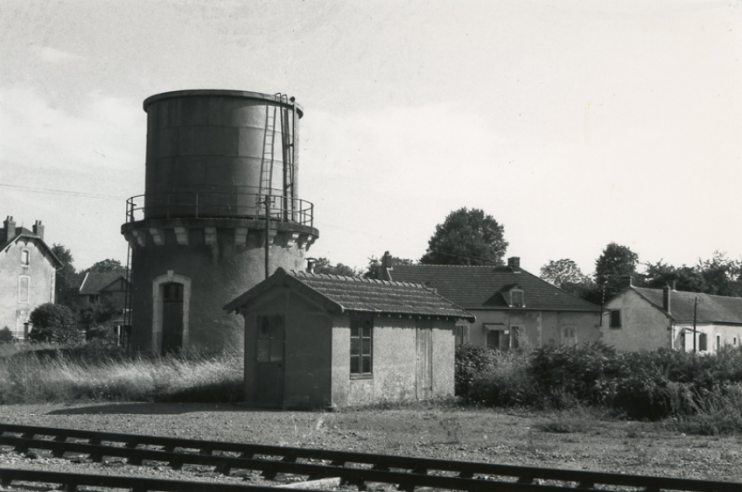
Photograph taken in the 1960s. One of the last water towers from the old networks of “la France profonde” pictured on the old Paris-Orléans (PO) line. These impressive monuments were found in all the stations and depots and were the very symbol of the railway. They were given a reprieve by 141-R until the 1970s. © IXO Collections SAS - Tous droits réservés. Crédits photo © Collection Trainsconsultant-Lamming
Recent articles
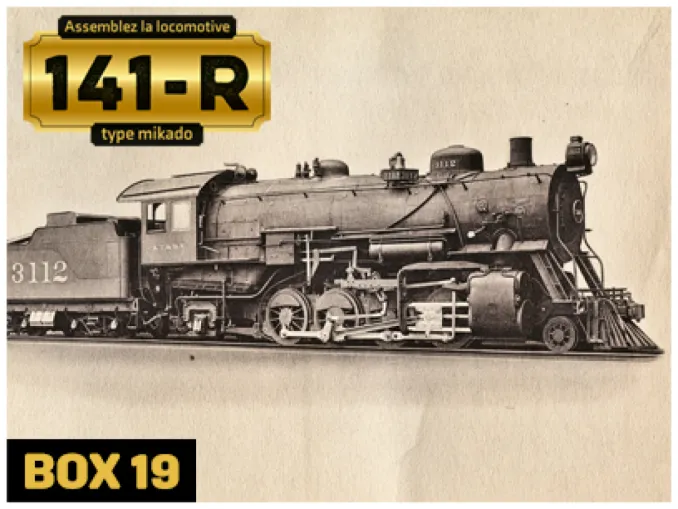
11/06/2025
THE 141-R: LOCOMOTIVE IN TWO “BATCHES”
On 5 October 1944, the first French mission went to the USA and received propositions from the American manufacturers, (...)
Read more
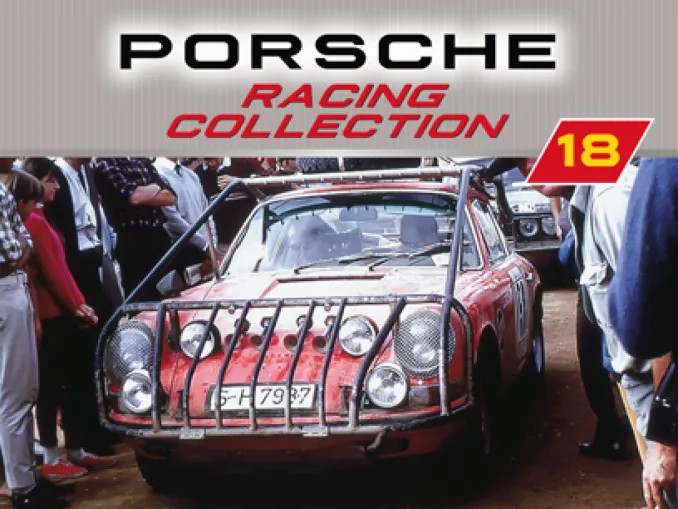
10/06/2025
Porsche 911 S - 1968
ASSIGNED TO ZASADA FROM POLAND, THE 911 COMPETING IN THE FIRST LONDON-SIDNEY RALLY PROMISES TO BE A FUTURE TRIUMPH
Read more

10/06/2025
PORSCHE 917/20 «THE PINK PIG»
THE ‘PINK PIG’ IS PERHAPS THE MOST AERODYNAMICALLY ADVANCED VERSION OF THE 917. AND YET IT COMPETED IN ONLY ONE RACE: LE MANS IN 1971.
Read more


 English
English français
français Deutsch
Deutsch español
español italiano
italiano português
português



